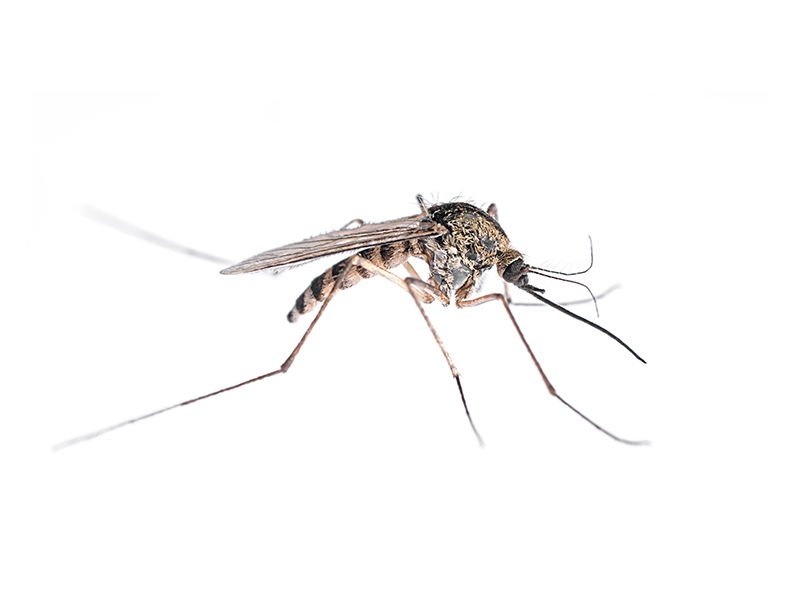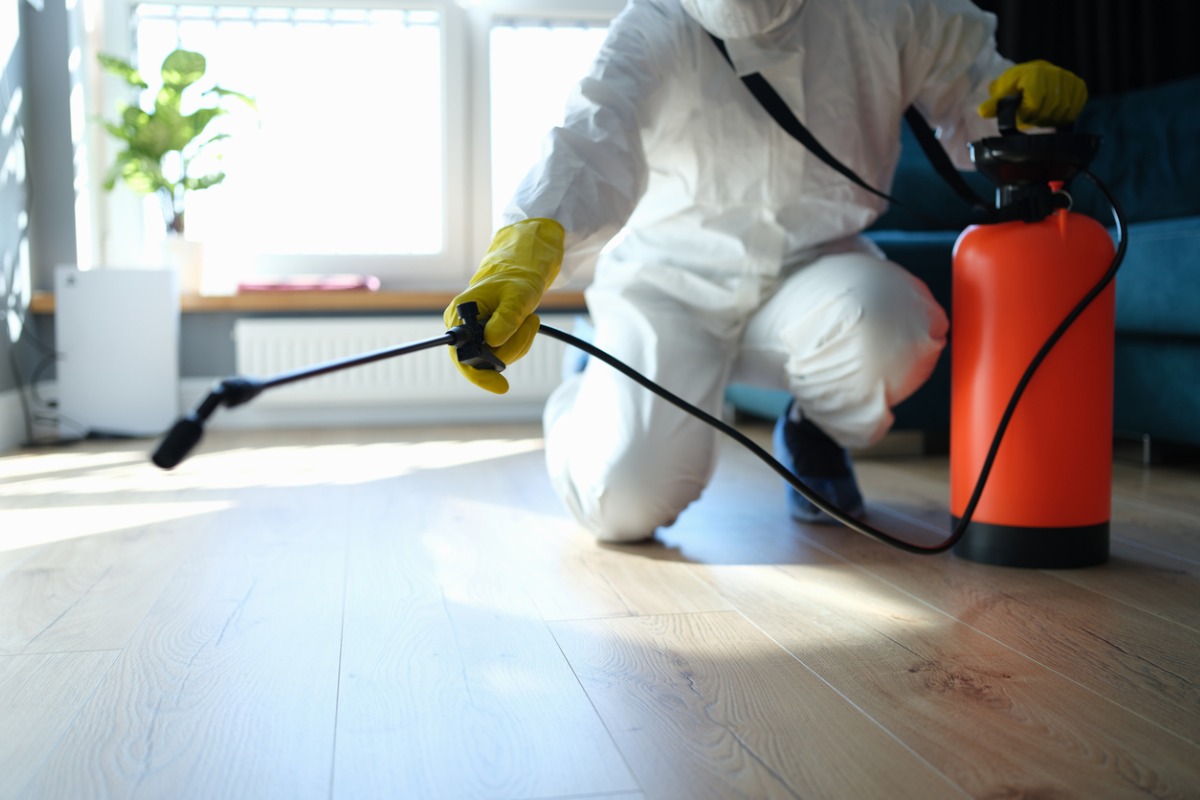Comprehensive Insect Control Methods to Fight Termite Infestations
Termite infestations present a considerable risk to building stability, making comprehensive parasite control techniques essential for effective monitoring. The intricacies included in termite control demand a nuanced strategy that links expertise and positive actions.

Understanding Termite Actions
(Wasp Removal)Termites, frequently referred to as silent destroyers, exhibit complicated behaviors that considerably affect their harmful possibility. These social pests reside in colonies that can vary from a few hundred to millions, cultivating complex interaction and teamwork amongst members. The main species of concern in insect control are subterranean, drywood, and dampwood termites, each showing one-of-a-kind behaviors that influence their nesting and feeding behaviors.
Below ground termites, as an example, construct considerable tunnel systems underground, permitting them to access wood sources while staying hidden from view. Their foraging actions is extremely organized, as worker termites look for food and communicate the area back to the colony via pheromones. Drywood termites, in contrast, infest the wood they consume, producing tiny colonies within the timber itself, resulting in local and often undiscovered damage.
Understanding these actions is vital for effective bug control. By identifying their feeding patterns, nesting behaviors, and communication approaches, pest control professionals can establish targeted techniques that interrupt their life cycle and lessen damage. Furthermore, understanding of termite biology informs preventative steps, aiding residential property owners safeguard their structures versus these powerful bugs.
Indications of Termite Problem
Determining the signs of termite infestation is important for house owners and residential or commercial property managers to shield their investments. Early detection can conserve significant time and funds, as termite damage can intensify quickly.
Among one of the most usual signs of termite task is the visibility of thrown out wings. Swarming termites dropped their wings after mating, leaving them near windows or doors. One more telltale sign is the existence of mud tubes-- small tunnels made of soil and saliva-- constructed by termites to take a trip in between their nests and food resources. These frameworks are normally discovered on exterior wall surfaces, foundations, or cellar areas.
In addition, home owners must be watchful for hollow-sounding timber, which shows that termites have actually eaten the inner structure. If you observe frass, or termite droppings, it appears like small wood-colored pellets and can be a clear indication of an invasion.
Last but not least, inexplicable wetness in wooden frameworks may attract termites, as they flourish in damp environments. Routine inspections and awareness of these indications are vital in reducing the threats related to termite problems and maintaining the honesty of residential properties.

Precautionary Actions for Termites
House owners' aggressive procedures are necessary in avoiding termite invasions, as these bugs can trigger extreme structural damage with time. The primary step in efficient termite prevention is to remove dampness sources around the residential property. Termites are attracted to damp environments; for that reason, making sure correct drainage, fixing leakages, and keeping gutters can considerably minimize the threat of infestation.
Furthermore, house owners need to check and secure any splits in foundations, walls, and around energy lines, as these spaces can act as entry points for termites. It is additionally a good idea to store firewood, lumber, and various other cellulose materials at least 20 feet far from the home and off the ground.
Regular landscaping upkeep, including trimming trees and bushes that touch see post your house, can additionally deter termite access. Moreover, using barriers such as physical barriers constructed from steel mesh or sand can properly hinder termite activity.
(Rodent Pest Control Service In Port Charlotte)
Therapy Options for Infestations
Effective treatment options for termite invasions are important for protecting home and making sure structural integrity. As soon as an invasion is verified, immediate action is needed to alleviate damage.
These chemical obstacles avoid termites from accessing the structure. Termites take in the bait, which has a slow-acting pesticide, enabling them to return to the swarm and eliminate it from within.
In some situations, airing out might be needed, particularly for severe problems. This entails securing the whole framework and introducing a gas that penetrates all wood elements, effectively removing termites. It's necessary to keep in mind that professional bug control solutions need to perform this approach as a result of its complexity.
Additionally, localized treatments making use of foam or gel formulas can be used straight to infested areas, supplying targeted control. Each treatment alternative has its advantages and suitability depending upon the seriousness of the invasion and the architectural qualities of the residential property. Consulting a pest control expert will certainly aid establish the most efficient approach customized to private circumstances.
Lasting Bug Control Methods
While prompt treatment alternatives are crucial for dealing with termite problems, applying lasting bug control techniques is essential for protecting against future incidents. An extensive approach begins with routine assessments by qualified insect control professionals. These professionals can identify early indicators of infestation, allowing timely interventions.
Furthermore, keeping correct moisture levels in and around your home is crucial, as termites are brought in to damp atmospheres. Property owners ought to make certain that rain gutters are clear, downspouts straight water far from the structure, and any type of leakages are quickly fixed. In addition, utilizing physical barriers, such as stainless steel mesh or sand obstacles, can deter termite accessibility to structures.
An additional efficient method involves utilizing baiting systems, which can be mounted around the boundary of the home. These systems draw in termites, enabling their removal prior to they can create significant damage. Moreover, integrating eco-friendly options, such as nematodes or advantageous pests, can supply natural insect control options.
Lastly, informing property owners about the indicators of termite activity and preventative actions fosters alertness. Pest Control. By integrating these lasting approaches, property proprietors can significantly decrease the threat of termite invasions and protect their financial investments
Verdict
Efficient management of termite problems requires a diverse approach, integrating preventative actions with prompt treatments. Thorough parasite control stays crucial for guarding residential properties from termite damages.